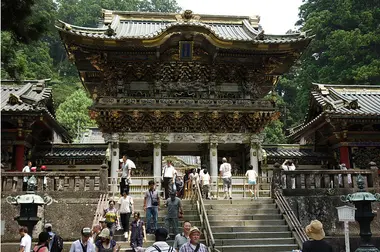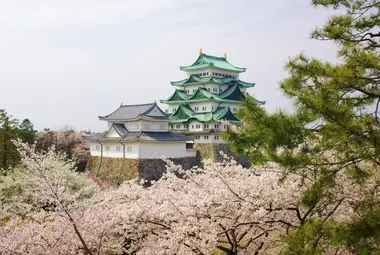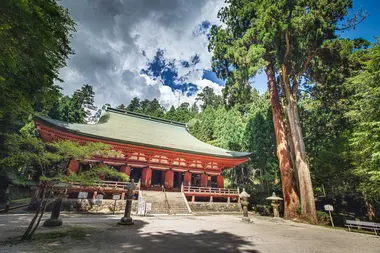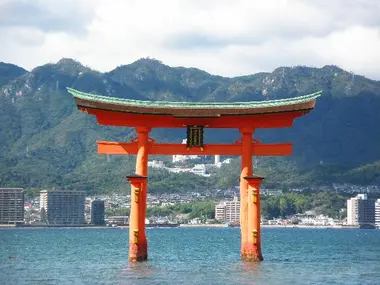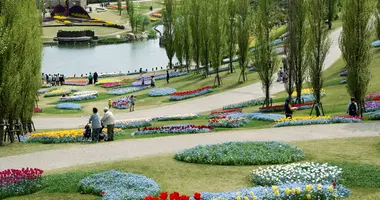Monuments under renovation
A non-exhaustive list of monuments under construction on the archipelago
Touring the countless mythical monuments of the archipelago is at the top of the list for many visitors, but be aware of closures and obstructed views due to renovations.
In Japan, many wooden monuments are regularly the subject of work: temples, shrines, castles, the Japanese government takes great care of its material heritage. A necessity which can then sometimes disappoint more than one tourist, since the renovations generally last several years! In order not to find yourself with your beak in the water during your stay, here is a no list of monuments still under construction today.
Tohoku
- Hirosaki Castle (Aomori Prefecture)
Since 2013, Hirosaki Castle has been under reconstruction. Significant works, which mainly affect the interior walls of the castle, as well as the famous "Tenshu" tower of the building (the last tower of its kind in the Tohoku region) which has relocated next to its original location until the new tower is built.
Although visitors have been able to tour freely throughout the site since 2015, the work will not be complete until around 2023.
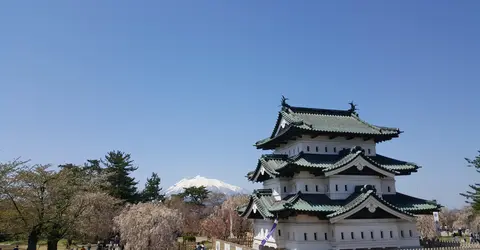
Château de Hirosaki
Ph.L
Kanto
- Toshogu Shrine (Nikko)
Toshogu Shrine is one of the most visited places in Nikko as it houses the tomb of Tokugawa Ieyasu, the original shogun of the Edo period (1603-1868). Unfortunately, the shrine closed its doors to the public in 2007 for a major renovation. Although the maintenance on the Yomeimon Gate was completed in March 2017, additional renovation is expected to continue through March 2024.
Read also: Nikko Toshogu, the shogun's mausoleum
- Meiji Shrine (Tokyo)
Located in the heart of Yoyogi Park, Meiji-jingu is a 1920s shrine built in honor of the emperors of the Meiji era (1868-1912). Destroyed during the Second World War, the present sanctuary is an identical reproduction of the original place of worship.
Read also: The Meiji-jingu shrine
In anticipation of the centenary of the sanctuary in 2020, renovation work has been underway since 2016 on some buildings of the sanctuary. However, efforts are being made to minimize the impact on visitors.

En plein cœur de la capitale, le sanctuaire Meiji-jingu semble loin du centre ville.
Carlos Donderis
Aichi
- Nagoya Castle
Built by one of the branches of the Tokugawa family, Edo (1603-1868), Nagoya Castle is the pride of the capital of Aichi. Although the current castle is not directly affected by the works, a reconstruction of its dungeon has been underway since 2009. The reconstruction will take end by 2022, but the current dungeon will be demolished next year. If you wish to witness in its original form, then it's now or never!
Read also: Reconstruction of Nagoya Castle
Kansai
- Kiyomizu-dera temple (Kyoto)
Listed as a UNESCO World Heritage Site, Kiyomizu-dera is under constant renovation. And although visitors are allowed to enter through the temple's main gate, the hall was covered with a tarp until 2020 to conceal the renovations on the roof.
See also: Kiyomizu-dera temple
- Chion-in temple (Kyoto)
Former headquarters of the Jodo branch, the Chion-in temple is a vast religious complex made up of several buildings. Among them is the Miedo Hall, built around 1390, which was also closed for renovation until recently.
Read also: Chion-in
- Enryakuji temple (Kyoto)
Located a stone's throw from Mount Hiei, Enryakuji is one of the most important temples in the country as it housed the neighborhoods of the Tendai branch, one of the major branches of Japanese Buddhism. With its dreamy decor and countless maple trees, it is one of the most visited temples in Kyoto. That said, it will take a lot of patience to admire it up close since the main building of the temple is under renovation until 2026 (but you can still access the interior of the building).
- Yakushiji temple (Nara)
The Yakushiji temple is the oldest wooden temples in Japan. Constructed in the seventh century by Emperor Tenmu to implore the gods to cure his wife's illness, it is a very sacred and historic place in the archipelago. Fortunately, the East Pagoda has reopened to the public for the first time in more than a decade, as the renovation was completed in June 2020.
To read: Yakushi-ji temple
- Kofukuji temple (Nara)
Composed of over 150 buildings, Kofukuji Temple is one of the most important places of worship in Nara. The temple reopened its doors to the public in 1998, accessible to most buildings. That said, additional renovation is planned until 2023.
See also: Kofukuji
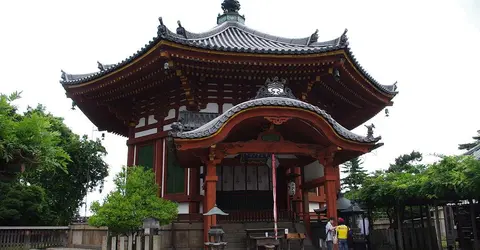
Kofukuji à Nara
Wikimédia
Chugoku
- Itsukushima shrine in Miyajima
The great torii of Itsukushima shrine in Miyajima is one of the most recognizable places in the archipelago. But its location in the sea of Hiroshima Bay also makes it very fragile because the base of its pillars erodes with the tides.
Renovation work on the famous Miyajima torii began in June 2019. During this work, the red torii gate is covered with scaffolding. It will remain so until the end of the work, completion of the renovation has been delayed and has not been set yet. In addition, renovation works are currently conducted on the western side of the complex
To read: Itsukushima shrine
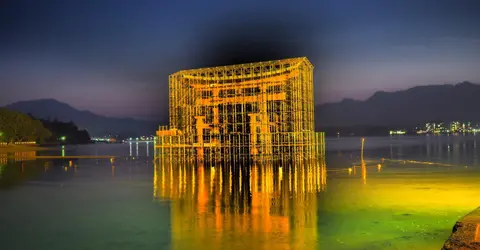
Le Torii du sanctuaire d'Itsukushima à Miyajima est en travaux.
Office du Tourisme Hiroshima/Okayama/Kobe/Shimane/Okinawa
Kyushu
- Kumamoto Castle
Following the Fukushima earthquake in 2016, Kumamoto Castle suffered extensive damage Kumamoto Castle lost much of its roof tiles, statues, stone walls, and foundation. Fortunately, it managed to keep most of its centuries-old structures standing.
Although the interior of the castle is closed to the public, visitors can still admire the fortress from the outside. Despite the extension of the works which will be spread over about twenty years.
Restoration work has finished for the tenshukaku main towers of Kumamoto Castle and is now open to the public.
See also: The renovation of Kumamoto Castle

Kumamoto Castle
Wikimedia
- Cable car on Mount Aso
After the 2016 earthquake, the cable car to the volcanic crater of Mount Aso was shut down and will be shut down until further notice. In the meantime, a bus service has been set up to allow visitors to visit the crater (round trip for 1,200 yen), reopened to the public.
- The Aso shrine
During the earthquake, several main buildings in the sanctuary collapsed or suffered severe damage and had to be destroyed for security reasons. Of these, the Haiden Offering Hall and the Romon Gate collapsed.
Experts estimate that it will take about 5 to 10 more years for the restoration work to be completed on the shrine.
To read: Mount Aso
Shikoku
- Matsuyama Dogo Onsen
One of the oldest onsen in Japan has been under construction since January 2019 and renovations to its baths and buildings are planned until 2026.
During the first phase of the renovations, two small bathrooms on the first floor will remain open to visitors, while the rest of the building, including the seating areas on the second and third floors, will be closed. Some parts of the building will then be covered with scaffolding . However, some facades of the building will be voluntarily left free of scaffolding in order to reduce the impact on tourism.




